Early Detection Through Routine Dental Checkups
During a routine visit, your dentist will often begin with a brief conversation about your medical history, tobacco use, and any symptoms you might have noticed. Many patients arrive expecting only a teeth cleaning but leave with a thorough oral cancer screening that could save their life. In one case, a 52-year-old patient at Dentistry Toothtruth mentioned a persistent sore on the tongue. Although it looked innocuous, the dentist’s careful inspection led to a biopsy and early treatment, highlighting the importance of asking “how do dentists check for oral cancer” at every six-month cleaning.
1. Visual Examination of Soft Tissues
Your dentist examines the lips, cheeks, floor of the mouth, tongue, and throat under bright light. They look for:
1.1 Red or White Patches
Leukoplakia (white patches) and erythroplakia (red patches) can signal abnormal cell growth. Although most are benign, persistent lesions warrant further testing.
1.2 Ulcers and Lumps
Non-healing ulcers or hard lumps may indicate early stages of oral cancer. Even if painless, these signs should never be ignored.
2. Palpation of Oral and Neck Regions
Palpation involves gently feeling the tissues in your mouth and neck for abnormalities that aren’t visible. Your dentist will:
2.1 Check Jaw and Neck Lymph Nodes
Enlarged lymph nodes under the jaw or in the neck can suggest the spread of cancerous cells. Early detection through palpation increases treatment success rates.
2.2 Examine Floor of the Mouth
By lifting your tongue and feeling along the floor of the mouth, the dentist can detect firm masses or thickening that may not show on the surface.
3. Use of Special Screening Aids
To enhance accuracy, dentists may employ adjunctive tools. Understanding “how do dentists check for oral cancer” includes knowing about:
3.1 Toluidine Blue Staining
This vital dye binds to abnormal cells, making suspicious areas appear dark blue. Studies show it improves lesion detection accuracy by up to 80%.
3.2 VELscope® Fluorescence
Using a special light, healthy tissue fluoresces green while abnormal tissue appears darker. This technique can reveal early dysplasia that is invisible under normal light.
4. Imaging Techniques for Deeper Insights
If a lesion looks concerning, imaging helps map its extent. Dentists may recommend:
4.1 Intraoral Photographs
High-resolution photos document the lesion’s size and appearance over time, aiding in monitoring changes between visits.
4.2 Cone Beam CT Scans
For lesions suspected of invading bone or deeper soft tissue, a Cone Beam CT provides 3D images. This advanced imaging pinpoints exact location and depth.
5. Biopsy and Laboratory Analysis
When screening indicates high risk, your dentist refers you for a biopsy—the definitive test. Procedures include:
5.1 Incisional Biopsy
A small tissue sample is removed under local anesthesia. Pathologists examine cellular abnormalities and determine if cancer is present.
5.2 Excisional Biopsy
If the lesion is small, the dentist may remove the entire area. This approach both diagnoses and treats early cancerous growths.
6. Patient Self-Exams and Home Monitoring
Between dental visits, you play a vital role in early detection. Dentists teach patients “how do dentists check for oral cancer” so they can perform:
6.1 Monthly Self-Checks
Using a bright light and mirror, examine lips, cheeks, and all surfaces of the tongue. Look for any new sores, lumps, or color changes.
6.2 Keeping Detailed Records
Note any changes in size, shape, or texture of lesions. Bring this information to your next appointment for an informed discussion.
7. Follow-Up and Referral Protocols
After a suspicious finding, a dentist creates a follow-up plan. This may include:
7.1 Referral to an Oral Surgeon or Oncologist
Specialists provide advanced care, from surgical removal to radiation therapy. Early referrals improve survival rates by up to 90% for stage I tumors.
7.2 Multidisciplinary Case Reviews
Complex cases are often reviewed by a team—dentist, surgeon, pathologist, and radiologist—to ensure the best treatment approach.
8. Ongoing Education and Prevention Strategies
Understanding “how do dentists check for oral cancer” empowers patients to support prevention. Key strategies include:
8.1 Tobacco and Alcohol Counseling
Reducing or quitting tobacco and limiting alcohol consumption lowers oral cancer risk significantly. Dentists provide resources and referrals to cessation programs.
8.2 Nutritional Guidance
A diet rich in fruits, vegetables, and antioxidants supports mucosal health. Dentistry Toothtruth offers personalized plans to strengthen oral tissues.
Regular screenings and patient awareness form the cornerstone of early oral cancer detection. Ask your dentist “how do dentists check for oral cancer” during your next visit at Dentistry Toothtruth and take control of your oral health today.

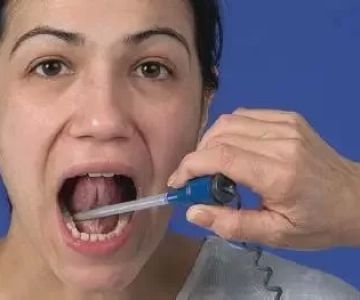

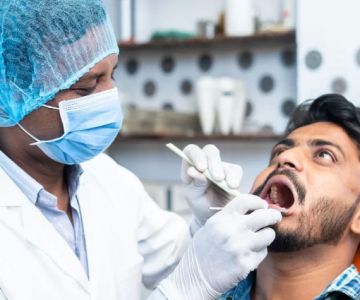
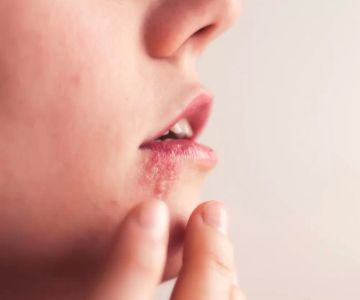
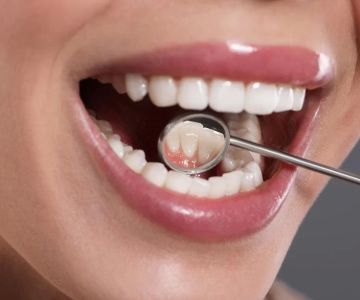
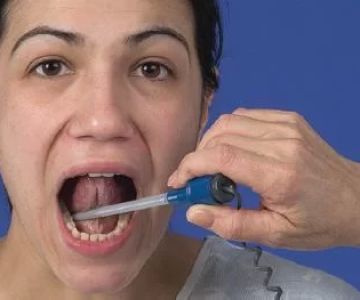
 Cash Family Orthodontics4.0 (141 review)
Cash Family Orthodontics4.0 (141 review)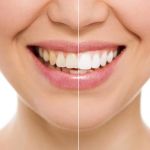 ADVANCED SMILES PC4.0 (205 review)
ADVANCED SMILES PC4.0 (205 review) Ideal Image Dentistry4.0 (260 review)
Ideal Image Dentistry4.0 (260 review) South Mississippi Smiles - Gulfport4.0 (454 review)
South Mississippi Smiles - Gulfport4.0 (454 review)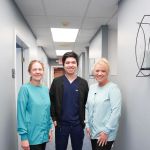 Conyers Family Dentist5.0 (511 review)
Conyers Family Dentist5.0 (511 review) Meadows Dental Care4.0 (277 review)
Meadows Dental Care4.0 (277 review) The Importance of Oral Health Education During Pregnancy for a Healthy Pregnancy
The Importance of Oral Health Education During Pregnancy for a Healthy Pregnancy Best Tips for Brushing Your Teeth Properly for Healthy Gums: Essential Techniques for Oral Health
Best Tips for Brushing Your Teeth Properly for Healthy Gums: Essential Techniques for Oral Health Why Skipping Dental Checkups Can Lead to Bigger Oral Health Problems
Why Skipping Dental Checkups Can Lead to Bigger Oral Health Problems Advantages of Porcelain Dental Restorations
Advantages of Porcelain Dental Restorations How Can Diabetes Cause Tooth and Gum Problems? Preventing and Managing Oral Health Issues
How Can Diabetes Cause Tooth and Gum Problems? Preventing and Managing Oral Health Issues Healthy Habits for Promoting Good Oral Health and Hygiene: Tips for a Healthy Smile
Healthy Habits for Promoting Good Oral Health and Hygiene: Tips for a Healthy Smile